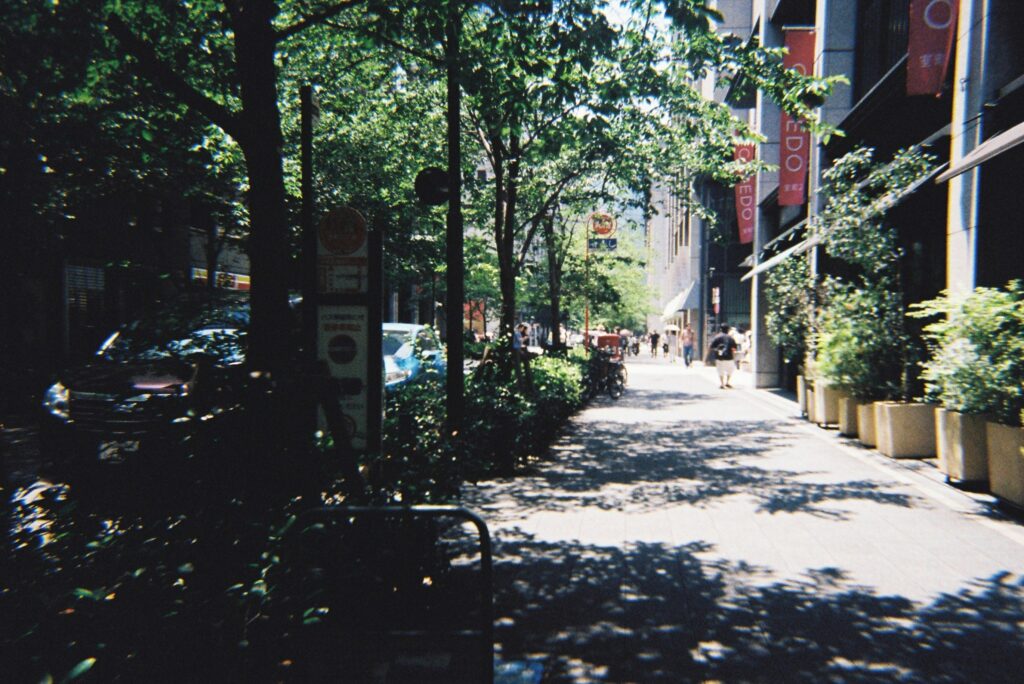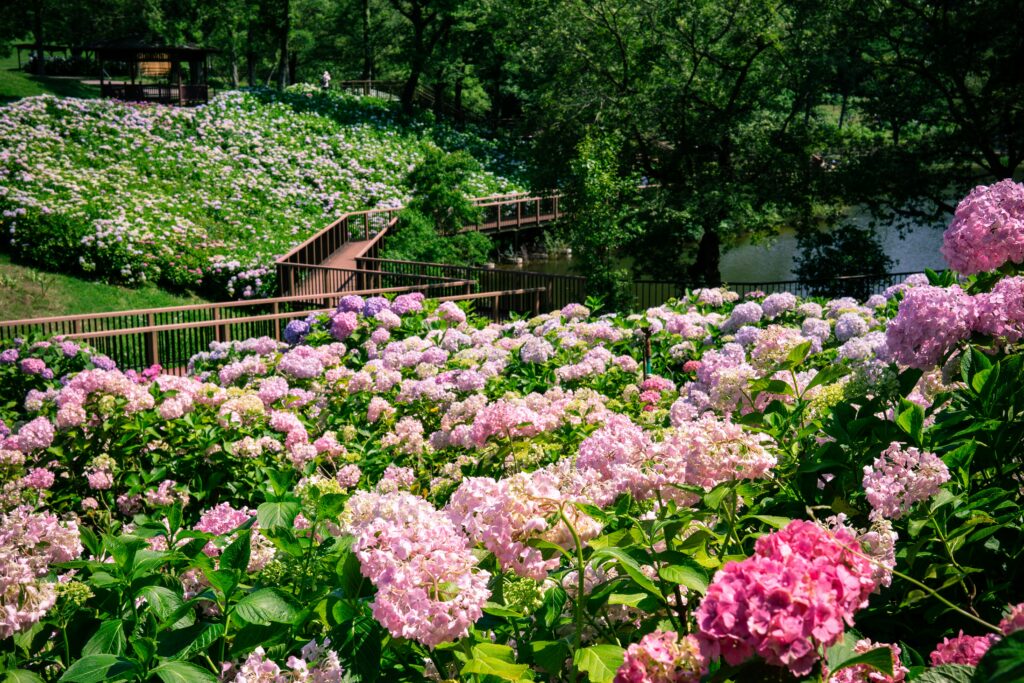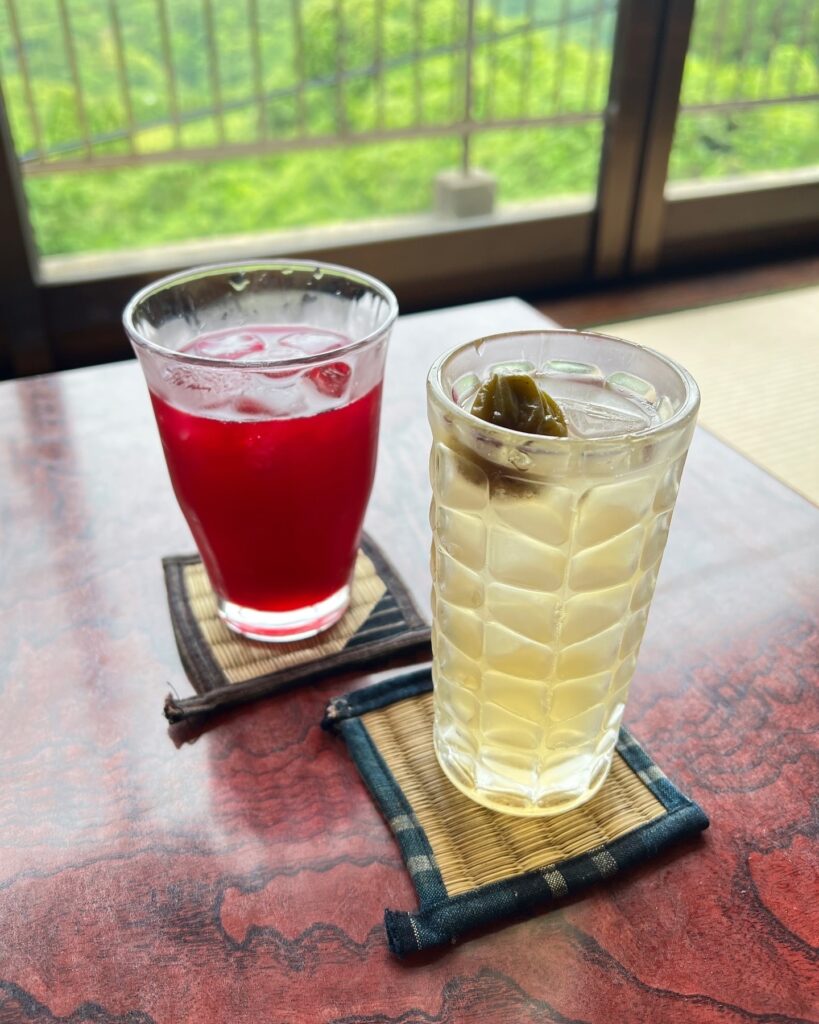It’s that time of year again. The sky becomes overcast, umbrellas become a fashion accessory, and drying clothes seems to take days. It’s tsuyu, Japan’s rainy season, which typically occurs on the main island of Honshu from early June to mid-July every year.
Summer in Japan is one of the seasons I look forward to the most. Hydrangeas add pops of color to grey and rainy days, fireflies illuminate the warm evenings, and a wealth of delicious sun-ripened fruits and vegetables fills local farmers’ markets.
One thing I don’t look forward to, however, is the heat. I hoped that after being here for over half a decade, I would have adjusted to the heat and humidity, but no such luck. Every year, I lose my appetite, and my body becomes fatigued as the mercury soars. There is even a name for this seasonal condition in Japanese: natsubate. Instead, I stock my grocery cart full of salty snacks and drinks and hide out inside air-conditioned rooms until the evening.
The heat at the beginning of summer can be sneaky. Temperatures hover in the high 20s and low 30s, not yet at their peak, but combined with high humidity, a walk outside can feel like walking into an oven. Heat stroke alerts are sometimes released even on days when the mercury isn’t soaring. Cloudy, overcast days can be deceptively humid, and before you know it, you can become dehydrated. During early summer, it is essential to try to build up some resistance to the heat and to drink plenty of fluids and electrolytes.


Japan has no shortage of salt supplements to combat the summer heat. Take a peek inside the coolers at any conbini, and you will find a plethora of sports drinks. Pocari Sweat and Aquarius are the leading brands. Check the freezer as well, as sometimes the same drinks are sold frozen solid, which also doubles as a nice ice pack during your morning commute! Recently, sparkling versions of sports drinks can be found in vending machines, and these are my personal favorites.
If you’re looking for electrolytes without extra added sugar, try the brand OS-1, an oral rehydration solution sold in supermarkets and drugstores in powder, jelly, and liquid forms. Salt tablets are also a popular choice, often handed out like candy during school sports days. Keep a few tucked in your bag for when you’re feeling drained.
All of these solutions are convenient and helpful, but what about more natural ones? Horrified by my daily consumption of sports drinks during the summer, the aunts I worked with began nudging me towards a healthier diet and left more traditional and natural salt replenishments on my desk. I often returned to find a cup of shiso juice, a beverage made from Perilla leaves, or a small plate of umeboshi, pickled Japanese plums, alongside notes urging me to try these alternatives when the summer heat was getting me down.
Shiso juice, a drink made by adding shiso syrup to water or soda water, is commonly consumed in the summer to help with heat exhaustion. The juice has a slightly herbal flavor and is very refreshing on a sultry summer afternoon. The drink is said to have anti-inflammatory benefits and is rich in a variety of antioxidants, including vitamins A and C. It is also high in iron and potassium, which can become depleted during the hot summer months, making it a healthy, natural alternative to sports drinks.
Last year, I tried my hand at making shiso syrup for the first time. Once the season begins, you can find red shiso leaves, called akashiso, at every supermarket, so I recommend trying the process yourself if you’re interested. While the recipe for shiso syrup can vary slightly from household to household, the basic method is simple. The following recipe produces 2 liters of syrup.
Begin by sterilizing all jars you will use to store the syrup. I like to use mason jars and 2-liter glass containers sold at grocery or home improvement stores. This recipe uses 300 grams of red shiso leaves. Remove the stems from the leaves, then thoroughly rinse them in cool water. Fill a large pot with 2,000 milliliters of water and bring to a boil. Once boiling, reduce the heat and place the leaves into the water. Simmer for about 10 minutes until the color leaches out into the water. Strain the mixture, and squeeze as much excess liquid as you can out of the leaves before returning the water to a clean pot.
Bring to a simmer, adding 500 grams to 1 kilogram of sugar (I use granulated sugar, but you can also use cane sugar or rock sugar), and whisk until fully incorporated. Next, add 25 grams of citric acid or lemon juice to the mixture, turning the syrup a brilliant, stunning bright purple. Allow the syrup to cool, then pour it into your sterilized jars before storing in the refrigerator. When stored properly, the syrup can last up to six months, but I always finish mine well before then!


When you are ready to drink, dilute the syrup by adding one part syrup to three or four parts water or soda water in your glass.
If you’re feeling exhausted due to the heat, try some of these tips and tricks approved by local Japanese aunts. For now, I will stay inside, sipping on a cool glass of shiso juice and dreaming of spending summers up north in cooler Hokkaido!
